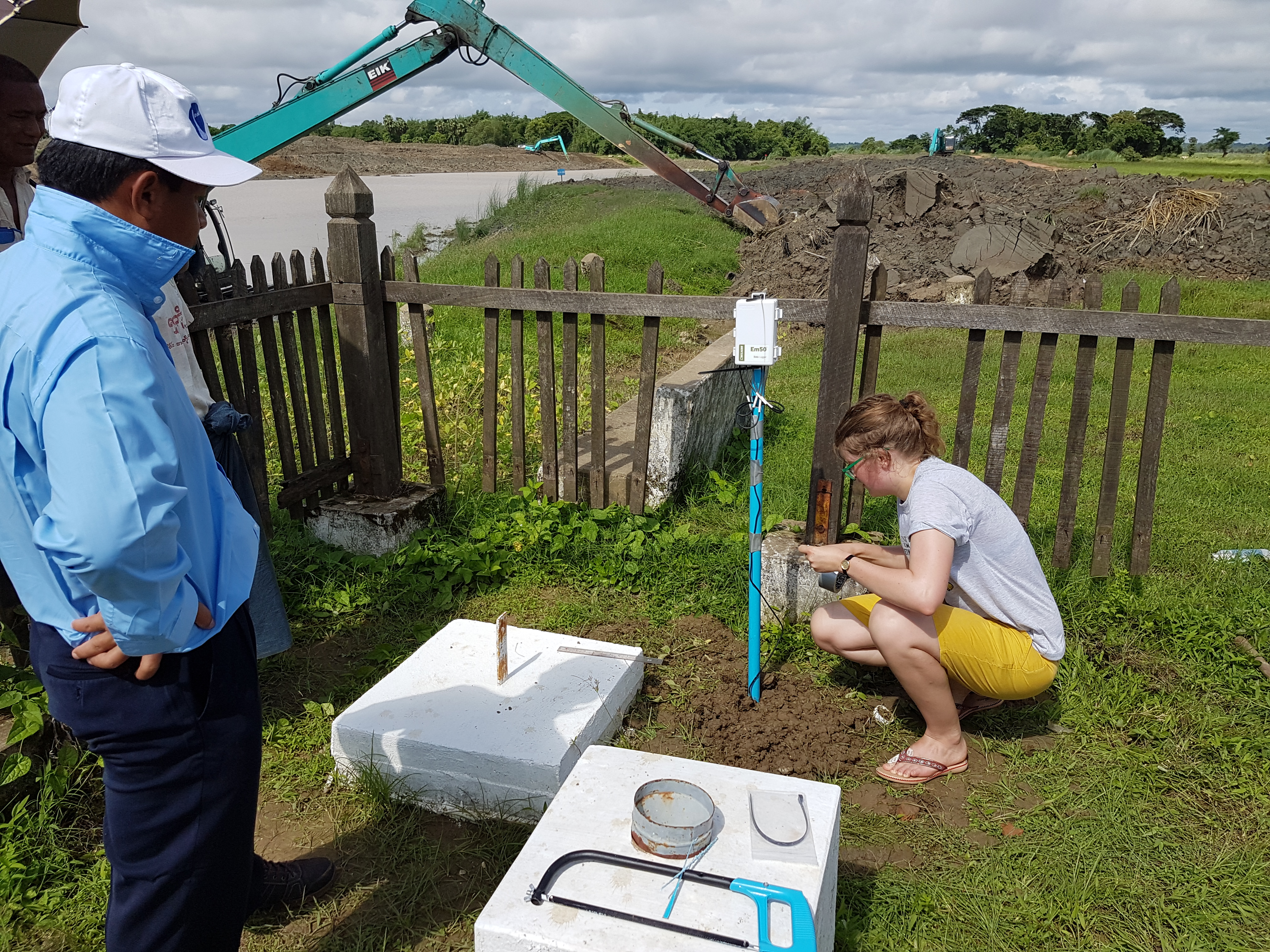VanderSat
Monitoring soil moisture from space
VanderSat has uniquely managed to use microwave satellites to measure soil moisture levels at an unprecedented spatial and temporal resolution. This unique set of data is a game changer for the water and agricultural sectors. Not only are the data just as accurate as in-situ sensors and available on a daily basis, it is also 1000 times cheaper in comparison to traditional methods which require placing and maintaining numerous ground sensors. Furthermore, VanderSat provides the data near real-time, distributing the information to their clients within six to twelve hours after the satellite has passed. This way, quick action can be taken to protect harvests and detect floods and forest fires. Using satellites that have been in orbit around Earth for a long time enables VanderSat to analyze trends starting from 2002 and in some cases even dating back to 1978. VanderSat is able to measure the moisture of the top 5cm of soil, and has developed methods to derive values for the entire rootzone, depending on the crop.
Testing VanderSat
For the testing in Myanmar, VanderSat placed 5 nests with ground sensors in the vicinity of the Irrigation Technology Center (ITC) in Bago. The sensor data have been continuously collected by ITC staff and sent back to the Netherlands. These ground measurements have allowed VanderSat to verify and improve their satellite data for Myanmar, ensuring accurate data for Myanmar and contributing to a better understanding of the complex regional climate.
Using VanderSat
The data by VanderSat is useful for agricultural and water related activities (e.g. providing irrigation advice by calculating evapotranspiration, and monitoring the development of floods, droughts and weather patterns), for risk management (e.g. harvest insurance, and analyzing crop failure) and to detect forest fires.
Potential Clients
National and local government authorities (e.g. cities, hydrology departments, meteorological departments and urban planning); International donors; Financial sector (e.g. banking and insurance companies); Private sector (e.g. industry, energy providers, farmers and contractors).

